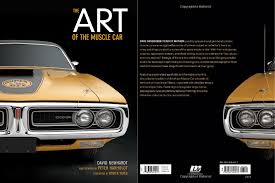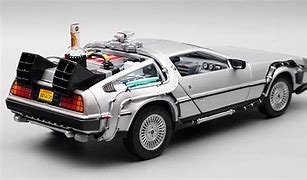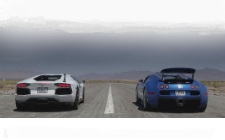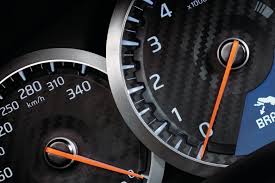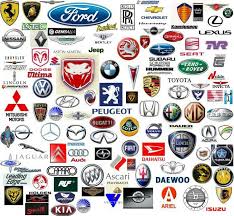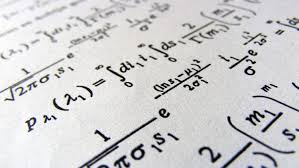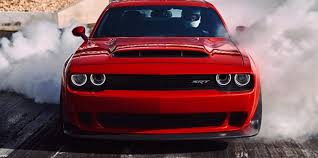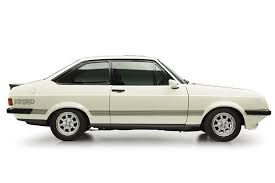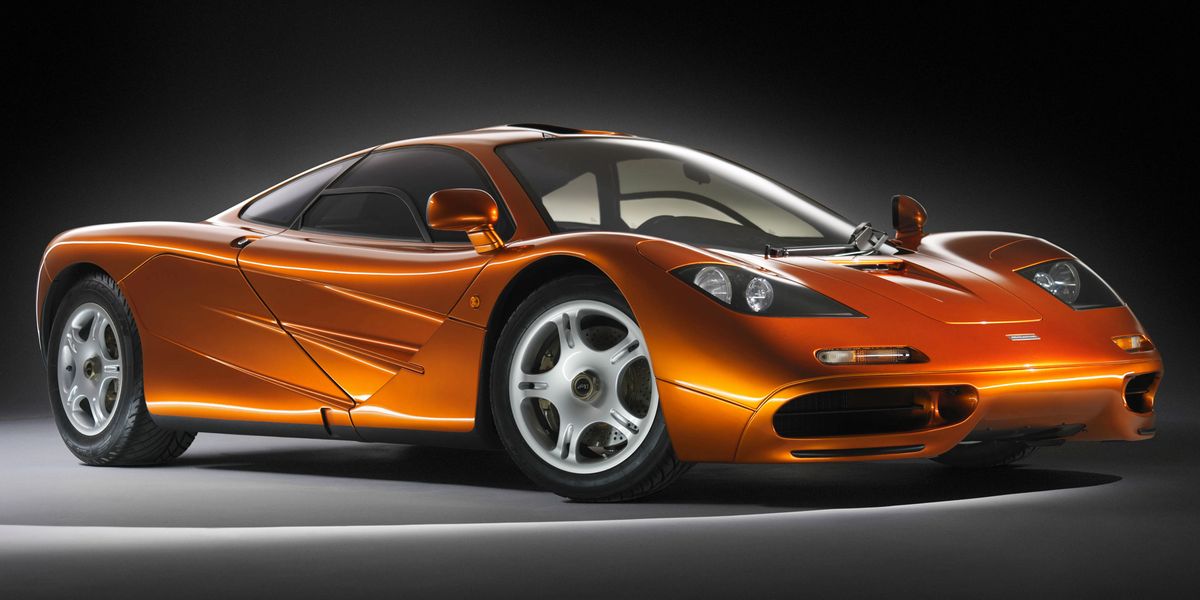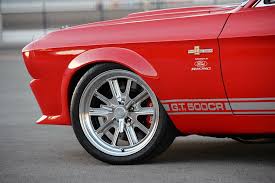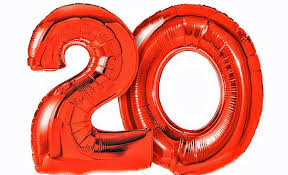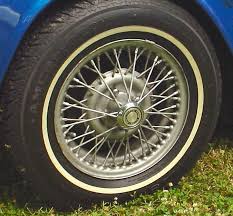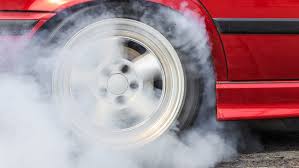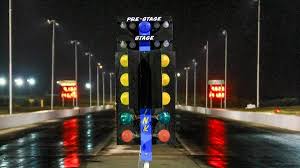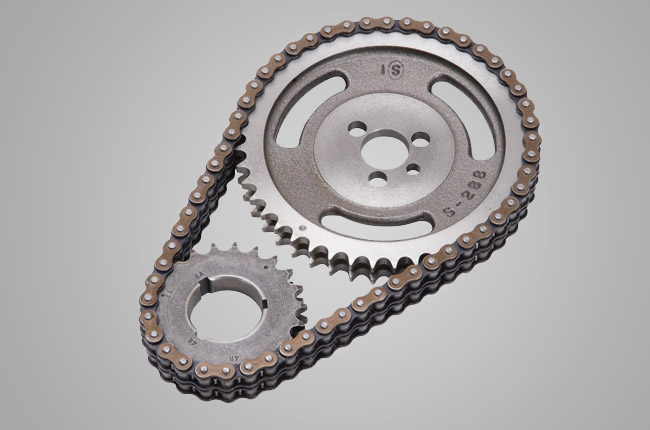


This edition of the Caterham 7 160/165 0.7L Turbo is the 5 speed / Manual version and was first brought out in 2013. This was at around the same time as the introduction of the 2014 Koenigsegg One 1 5.1 V8 Twin Turbo and the 2014 Tesla Model S P100D Ludicrous Performance.This particular Caterham 7 has a 658cc Turbo Petrol powerplant with 3 cylinders in a St formation.
The 7 shares its Petrol St3 engine configuration with the likes of the 2023 Toyota Corolla GR Morizo Edition 1.6 Turbo and the 2023 Toyota Corolla GR Circuit Edition 1.6 Turbo. If you're looking for other fast cars which share the 7's Rear Wheel Drive, Coupe combination then how about the 1982 Fiat X1/9 1.5 8V or the 1965 Aston-Martin DB6 1965.
Weighing in at 490 kgs (1080 lbs) this makes the Caterham 7 160/165 0.7L Turbo in the same weight category as the 2006 Caparo T1 2.4 V8 or the give or take 50kg.
In terms of power the 658cc 12V St3 engine produces 79 bhp (58 kW) @ 7000 rpm similar to the 2012 Lexus CT 200h 1.8L (98 bhp) or the 2012 Fiat 500 L TwinAir Turbo (103 bhp).
The Turbo St3 throws out 79 lb-ft (107.1 Nm) @ 3400 rpm placing it with cars of similar torque performance figures such as the 2011 Aston-Martin Cygnet 1.3L Launch Edition (92 lb-ft) or the 2011 Morgan 3 Wheeler 2.0l V-Twin (103 lb-ft).
If one combines the weight with power or torque performance for the Caterham 7 you can get a better idea of it's real world performance.
The Caterham 7 has a Power to weight ratio of 161.2 bhp per ton and 161.2 lb-ft per ton. Bhp Per Ton figures of the 2013 7 competing with the 2006 Lexus IS 350 3.5 V6 (186.2 bhp per ton) or the 2006 Porsche Cayman 2.7 (186.1 bhp per ton).
If you agree with the late great Carroll Shelby then arguably an even better indicator of potential performance, Torque. Use weight as well and you end up with - Torque per ton, with the Caterham 7 generating around 161.2 lb-ft per ton. If you're curious as to what other cars have as much torque to weight then look no further than the 1999 Subaru Impreza RB5 - Classic (186.2 lb-ft per ton) or the 2011 BMW 3 Series 335i F30 (186.1 lb-ft per ton).
With a 0-60mph time of 6.50 secs or a 0-100km/h (0-62mph) of 6.7 secs, this made the Caterham 7 160/165 0.7L Turbo as fast as the 2020 Abarth 695 70th Anniversario 1.4 Turbo (6.50 secs) the 2018 Abarth 595 Competizione 1.4 Turbo (6.50 secs) the 2016 Subaru Legacy 3.6 R (6.50 secs) the or the 2016 Abarth 124 Spider 1.4 Turbo (6.50 secs). This Caterham 7 160/165 0.7L Turbo is also faster than the 2018 Toyota Sequoia TRD Sport 5.7 V8 (6.60 secs) the 2016 Audi A3 2.0 TDI S-tronic Quattro Sportback (6.60 secs) the 2014 Audi A1 1.8 TFSI S-TRONIC (6.60 secs) the and the 2013 Peugeot 208 GTi 1.6 Turbo (6.60 secs).
When talking about the performance of the Caterham 7 on the drag strip it can reach a quarter mile in an estimated 15.5 secs @ 88.3 mph. Similar performance down the quarter mile can be found with the the 2002 Audi A3 S3 1.8T Quattro (15.43 secs), the 1991 Lancia Delta HF Integrale 16v (15.43 secs), and the 1969 Mercury Marauder X-100 (15.43 secs).
Modern performance cars are often artificially restricted to 155mph. The 2013 version of the Caterham 7 160/165 0.7L Turbo has a maximum speed of 100mph.
If maxing out your car on the AutoBahn is your thing and you're wondering what's faster than the 2013 Caterham 7 160/165 0.7L Turbo then how about the 1979 Dodge Magnum GT 5.9L V8 (111 mph), the 1976 Ford Granada 3.0 V6 (111 mph), or the 1975 Ford Escort Mk2 RS1800 (111 mph).










Porsche 911 Carrera T 3.0 Turbo PDK 992
Engine: Turbo Petrol | 2981cc 24v F6
Top Speed: 181 mph
0-60mph: 3.80 seconds

Audi Q3 RS Sportback 2.5 Turbo
Engine: Turbo Petrol | 2480cc 20v St5
Top Speed: 249.4 kph
0-100kph: 4.4 seconds
